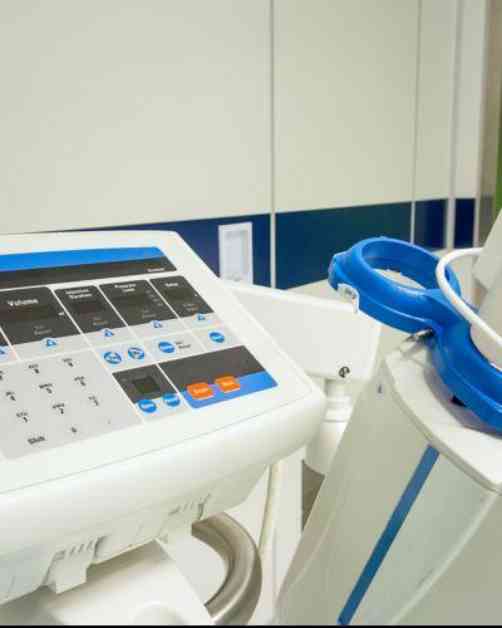The global contrast media market is expected to see significant growth in the coming years. Revenue is projected to increase from USD 5,492.7 million in 2023 to USD 7,750.4 million by 2032, with a CAGR of 3.9% during the forecast period from 2024 to 2032.
Contrast media, also known as contrast agents, are substances used in medical imaging to improve the visibility of specific structures or fluids within the body. The growing demand for diagnostic imaging, including X-rays, CT scans, MRIs, and ultrasounds, is driving the adoption of contrast agents across the healthcare sector.
Key factors fueling this market growth include the rising prevalence of chronic diseases such as cardiovascular diseases, cancer, and neurological disorders, which require diagnostic imaging for detection and treatment monitoring. Additionally, technological advancements in imaging modalities and the development of novel contrast agents with improved efficacy and safety profiles are contributing to market expansion. Increasing awareness about early disease detection and the growing number of diagnostic procedures worldwide are also driving market growth. Furthermore, the aging global population is leading to higher incidences of age-related health conditions that require regular imaging.
The global contrast media market can be segmented based on product type, modality, route of administration, and end-user. Product types include iodinated contrast media, gadolinium-based contrast agents (GBCAs), microbubble contrast media, and barium-based contrast media. Modalities include X-ray/CT, MRI, and ultrasound. Routes of administration include intravascular, oral, and rectal, while end-users encompass hospitals, diagnostic imaging centers, and ambulatory surgical centers.
North America currently dominates the contrast media market due to high healthcare expenditure, advanced healthcare infrastructure, and an increasing number of diagnostic procedures. However, the Asia Pacific region is expected to witness the highest growth, driven by a rising geriatric population, improving healthcare systems, and increasing investments in diagnostic imaging.
Major players in the contrast media market include GE Healthcare, Bayer AG, Bracco Imaging S.p.A., Guerbet Group, and Lantheus Medical Imaging, Inc. These companies are focusing on strategic collaborations, product launches, and R&D investments to stay competitive and meet the growing demand for contrast media solutions.
Despite the positive outlook, the contrast media market faces challenges such as side effects and allergic reactions associated with contrast agents, high costs of newer formulations, and strict regulatory approvals. However, with continuous efforts to improve safety profiles and product efficacy, the market is expected to expand significantly, reaching a value of USD 7,750.4 million by 2032.
In conclusion, the global contrast media market is poised for steady growth, driven by increasing diagnostic imaging demand and technological innovations. With major players working to enhance product safety and efficacy, the market is expected to thrive in the coming years.







